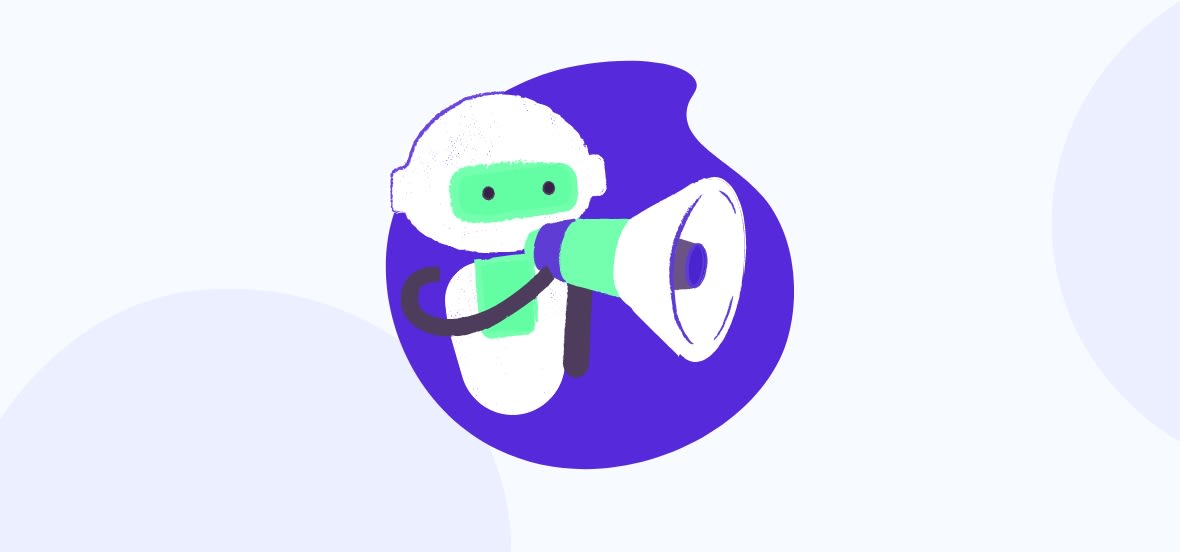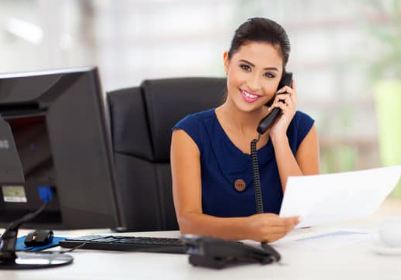All Categories
Featured
Table of Contents
Who Is The Best Answering Machine Company
This device and its successors were developed by Sava Jacobson, an electrical engineer with a private consulting company. While early answering machines used magnetic tape technology, many modern devices utilizes strong state memory storage; some gadgets use a mix of both, with a solid-state circuit for the outbound message and a cassette for the incoming messages.
"toll conserving" below) (virtual call answering service). This is helpful if the owner is screening calls and does not want to speak to all callers. In any case after going, the calling party must be informed about the call having been answered (in a lot of cases this begins the charging), either by some remark of the operator, or by some greeting message of the TAD, or dealt with to non-human callers (e.
This holds especially for the Little bits with digitally stored greeting messages or for earlier machines (prior to the increase of microcassettes) with a special limitless loop tape, different from a 2nd cassette, dedicated to recording. There have been answer-only devices without any recording abilities, where the greeting message needed to notify callers of a state of existing unattainability, or e (local phone answering service).
What's The Best The Ultimate Guide To Telephone Answering Services

about availability hours. In taping Little bits the greeting typically contains an invitation to leave a message "after the beep". A voice mail that utilizes a microcassette to tape-record messages On a dual-cassette answerphone, there is an outgoing cassette, which after the defined number of rings plays a pre-recorded message to the caller.

Single-cassette answering machines contain the outbound message at the beginning of the tape and inbound messages on the staying space. They first play the statement, then fast-forward to the next offered area for recording, then tape the caller's message. If there are lots of previous messages, fast-forwarding through them can cause a significant hold-up.
This beep is typically referred to in the welcoming message, asking for that the caller leave a message "after the beep". Little bits with digital storage for the tape-recorded messages do disappoint this delay, obviously. A little bit might provide a remote control facility, whereby the answerphone owner can call the home number and, by going into a code on the remote telephone's keypad, can listen to recorded messages, or delete them, even when far from home.
Where Is The Best The Best Answering Service For Clinics Deal

Thus the machine increases the variety of rings after which it responds to the call (generally by 2, leading to 4 rings), if no unread messages are presently stored, however answers after the set variety of rings (typically two) if there are unread messages. This permits the owner to find out whether there are messages waiting; if there are none, the owner can hang up the phone on the, e.
Some machines likewise allow themselves to be remotely triggered, if they have been switched off, by calling and letting the phone ring a particular a great deal of times (usually 10-15). Some service suppliers abandon calls currently after a smaller variety of rings, making remote activation impossible. In the early days of Little bits a special transmitter for DTMF tones (dual-tone multi-frequency signalling) was regionally needed for push-button control, given that the formerly employed pulse dialling is not apt to communicate suitable signalling along an active connection, and the dual-tone multi-frequency signalling was implemented stepwise.
Any incoming call is not identifiable with regard to these homes in advance of going "off hook" by the terminal devices. So after going off hook the calls must be switched to suitable gadgets and only the voice-type is immediately available to a human, but maybe, however should be routed to a LITTLE (e.
What Do A Guide To Using Automated Answering Systems Services Include?
What if I informed you that you do not need to really select up your device when addressing a consumer call? Somebody else will. So practical, right? Addressing call does not need somebody to be on the other end of the line. Effective automated phone systems can do the technique just as effectively as a live representative and often even better.
An automatic answering service or interactive voice reaction system is a phone system that interacts with callers without a live individual on the line - virtual telephone answering service. When companies use this innovation, customers can get the response to a question about your organization simply by utilizing interactions set up on a pre-programmed call circulation.
Although live operators update the client service experience, numerous calls do not require human interaction. A basic documented message or instructions on how a customer can obtain a piece of information typically solves a caller's instant requirement - phone call answering. Automated answering services are a simple and effective way to direct inbound calls to the right person.
Best Virtual Receptionist (Live Phone Answering Service) Showroom Near Me
Notification that when you call a company, either for assistance or item questions, the first thing you will hear is a pre-recorded voice greeting and a series of choices like press 1 for consumer service, press 2 for questions, and so on. The pre-recorded alternatives branch off to other options depending upon the client's selection.
The phone tree system helps direct callers to the right person or department using the keypad on a cellphone. In some circumstances, callers can utilize their voices. It's worth keeping in mind that auto-attendant choices aren't restricted to the 10 numbers on a phone's keypad. When the caller has chosen their first alternative, you can create a multi-level auto-attendant that uses sub-menus to direct the caller to the best kind of help.
The caller does not have to interact with a person if the auto-attendant phone system can manage their concern. The automated service can route callers to a staff member if they reach a "dead end" and need support from a live agent. It is expensive to work with an operator or executive assistant.
What Is The Best Automated Answering Service, Better Known As Interactive ... Brand
Automated answering services, on the other hand, are substantially less expensive and provide considerable expense savings at approximately $200-$420/month. Even if you don't have committed staff to manage call routing and management, an automated answering service enhances performance by enabling your team to concentrate on their strengths so they can more effectively spend their time on the phone.
A sales lead routed to customer care is a lost shot. If a client who has product questions reaches the wrong department or gets insufficient answers from well-meaning employees who are less trained to handle a specific type of concern, it can be a reason for frustration and frustration. An automatic answering system can minimize the variety of misrouted calls, thereby assisting your workers make better use of their phone time while releasing up time in their calendar for other tasks.
With Automated Answering Systems, you can create a personalized experience for both your personnel and your callers. Make a recording of your main welcoming, and simply upgrade it regularly to reflect what is going on in your organization. You can create as many departments or menu choices as you desire.
Latest Posts
Trusted Business Phone Answering Services – Australia
Exceptional After Hours Answering Service Near Me – NSW
Proven Emergency Call Answering Service